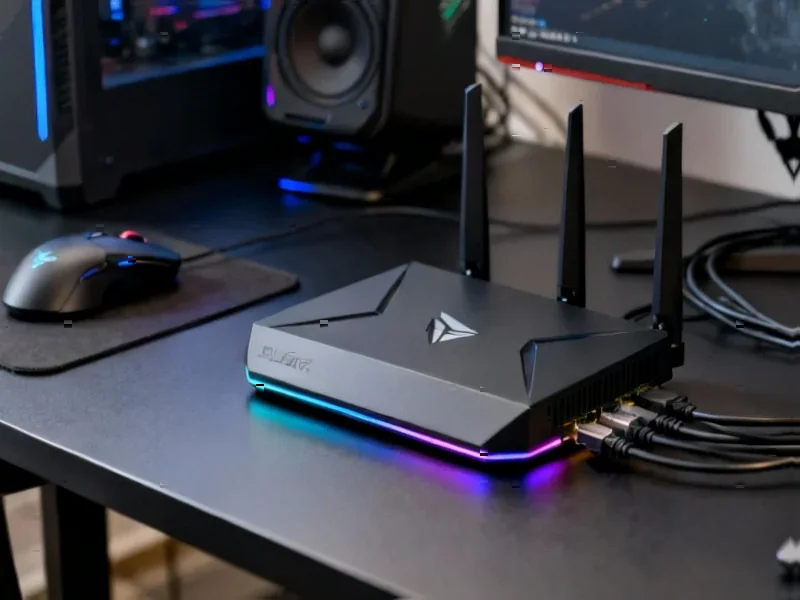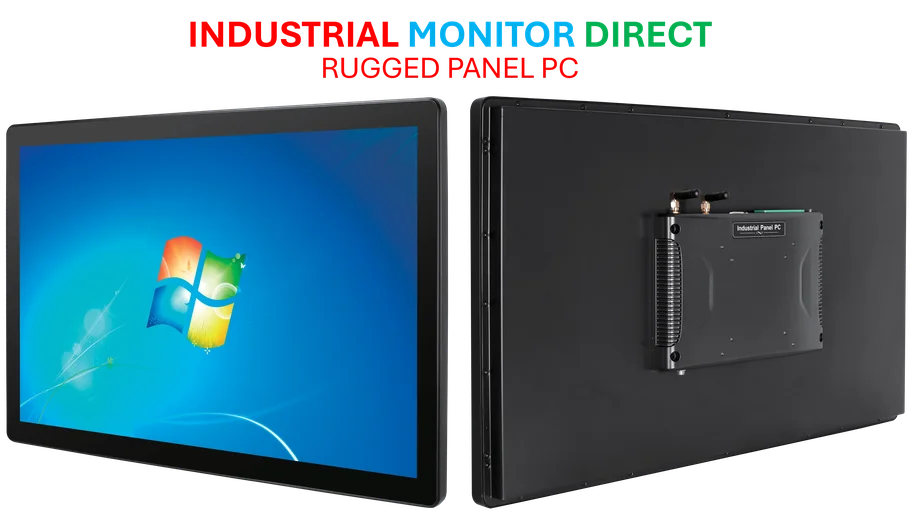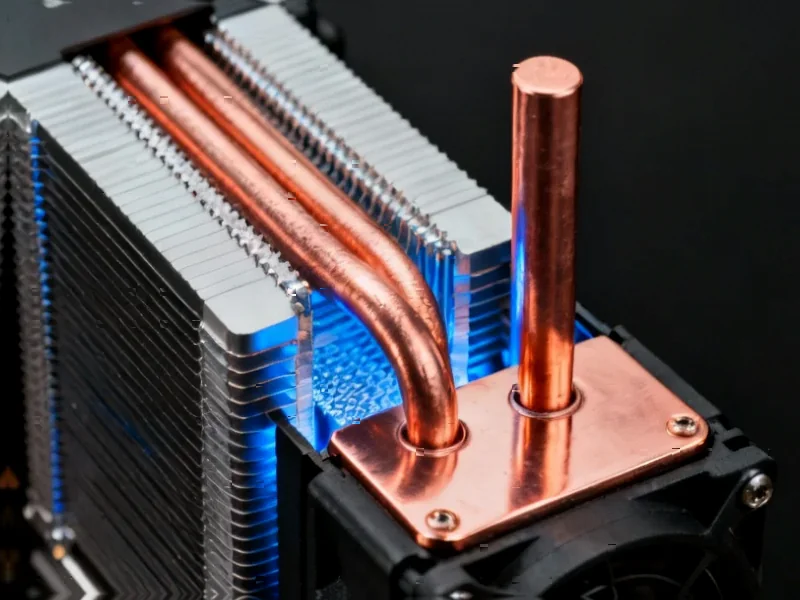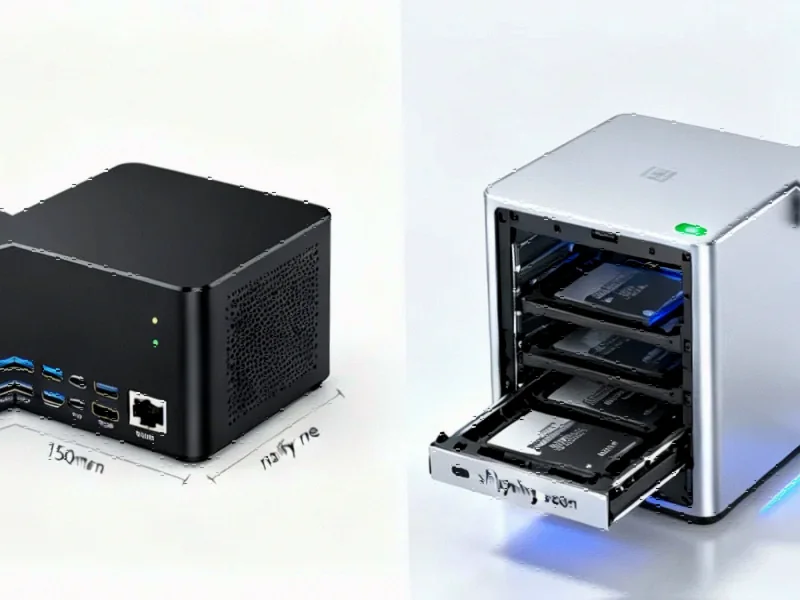According to Guru3D.com, ASUS ROG has unveiled its latest compact gaming system, the ROG GR70 Mini PC, designed for gamers seeking full desktop performance in a tiny sub-3-liter package. The system features AMD’s Ryzen 9 9955HX3D processor with 16 cores and 32 threads based on Zen 5 architecture with second-generation 3D V-Cache, paired with NVIDIA’s Blackwell-based RTX 5070 or 5060 laptop GPUs. Despite the powerful components, the GR70 maintains noise levels under 4.5 dB(A) during gaming thanks to ROG’s QuietFlow triple-fan cooling system. Connectivity includes Wi-Fi 7, Bluetooth 5.4, eight USB ports, and support for up to five 4K monitors, while the toolless design allows memory expansion to 96GB DDR5 RAM. This ambitious combination of high-end components in a compact form factor represents a significant engineering challenge that deserves closer examination.
The Thermal Reality Check
The most immediate concern with any high-performance mini PC is thermal management, and the GR70’s specifications raise legitimate questions about sustained performance. While ASUS claims their QuietFlow triple-fan cooling keeps noise below 4.5 dB(A), this figure seems remarkably low for a system housing a 16-core processor and high-end mobile GPU under load. In my experience testing compact systems, manufacturers often quote noise levels under specific, optimized conditions rather than during sustained gaming sessions. The engineering required to dissipate the combined thermal output of these components in a sub-3-liter chassis is substantial, and real-world performance may involve thermal throttling that isn’t apparent in brief demonstrations.
The Mobile GPU Compromise
While NVIDIA’s RTX 5070 represents the latest in mobile graphics technology, it’s crucial to understand that these are not desktop equivalents. The mobile variants of NVIDIA’s GPUs typically feature reduced power limits, fewer CUDA cores, and lower clock speeds compared to their desktop counterparts. The performance gap between laptop and desktop GPUs has narrowed in recent generations, but it remains significant enough that buyers should temper their expectations. The GR70’s positioning as a desktop replacement needs careful consideration—this system will likely outperform many gaming laptops but may fall short of a similarly configured full-sized desktop, particularly in CPU-intensive tasks where thermal constraints become most apparent.
Niche Market Positioning
The GR70 enters a challenging market segment where few products have found commercial success. High-performance mini PCs typically appeal to a narrow audience willing to pay premium prices for compact form factors while accepting some performance compromises. Historical examples like Falcon Northwest’s Tiki and Digital Storm’s Bolt struggled to gain mainstream traction despite impressive engineering. The GR70’s potential success hinges on whether ASUS can convince enough gamers that the space savings justify what will likely be a substantial price premium over traditional desktops offering similar or better performance. The upgrade-friendly design is a smart move, but the fundamental question remains whether the target audience values compact size enough to accept the inherent limitations.
Practical Usage Scenarios
Beyond the raw specifications, the GR70’s practical implementation raises interesting questions about real-world usage. The support for up to five 4K monitors suggests ASUS is targeting not just gamers but also content creators and productivity users. However, driving multiple high-resolution displays while gaming would significantly stress both the GPU and thermal solution. The inclusion of Wi-Fi 7 and Bluetooth 5.4 represents forward-thinking connectivity, but most users won’t have compatible routers or devices to leverage these capabilities fully. The toolless upgrade system is commendable, but in practice, the compact internal layout may still make component swaps more challenging than in traditional cases, despite ASUS’s Q-Latch design.
Industry Implications
If successful, the GR70 could signal a broader shift toward compact high-performance systems across the gaming industry. We’re seeing increasing convergence between laptop and desktop technologies, with mobile components becoming powerful enough for serious gaming while maintaining reasonable thermal profiles. However, the history of gaming hardware is littered with ambitious mini PCs that promised desktop performance but delivered compromised experiences. The true test for the GR70 will be whether it can maintain its advertised performance during extended gaming sessions without excessive noise or thermal throttling—something that has eluded many previous attempts in this category.




